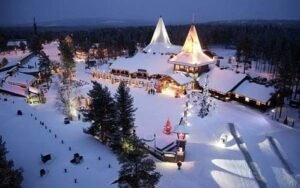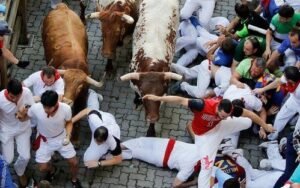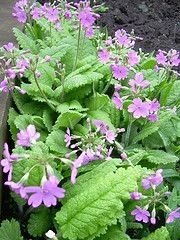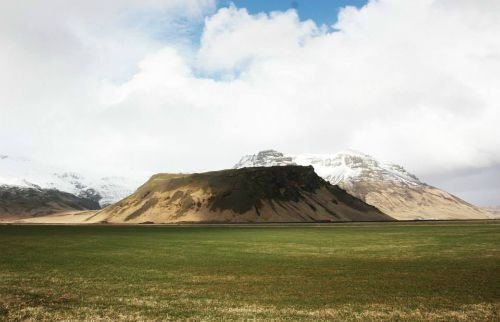
Strange products from the sea and steppe in Iceland 1
Located in Scandinavia but near the North Pole, Iceland is easily forgotten due to its geographical separation from Denmark, Sweden, Norway, and Finland.
Eyjafjallajökull volcano with ice cover on top.
Cod liver oil
Fish is a popular food source for Icelanders.
Icelanders have an unspeakably expensive way to consume cod by drinking cod liver oil.
Cod liver oil contains a lot of omega 3, which is very good for the heart, blood pressure and digestion.
You can buy Lysi cod liver oil in supermarkets and pharmacies.
Lamb sausages for an Icelandic breakfast

Colorful and protein-rich Icelandic brunch.
In addition to a glass of cod liver oil, an Icelandic breakfast includes cold cuts and lamb sausages.
Icelandic sheep are raised for meat.
Moss tea
Driving along the South coast of Iceland, you will encounter endless moss fields that many photographers enjoy.
However, scientists warn that continental Europe’s moss may be contaminated with radiation after the Chernobyl nuclear plant explosion (Ukraine).
Icelandic moss tea is said to be good for the lungs and throat, and can cure dry coughs and fevers.
Lava salt
Iceland possesses a long coastline but is not romantic at all.
Icelanders began making lava salt in the 17th century. Lava sea salt has a high content of geothermal minerals, and is considered one of the world’s best natural granular salts in existence.
Some manufacturers also mix seaweed into lava salt to give this salt the taste of the Nordic seas.
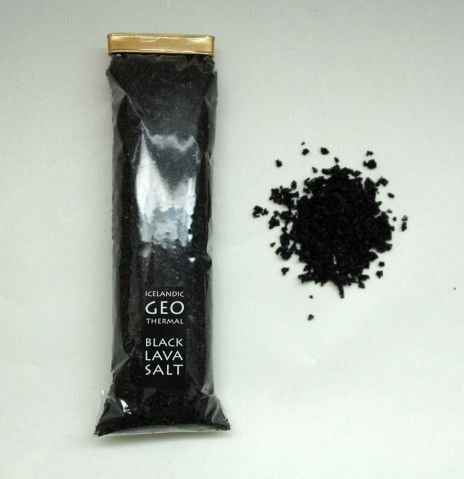
The price of a 90g bottle of lava salt is 1,660 Icelandic krona, equivalent to 320,000 VND.
Lava beer
Lava beer, lava beer is a typical Icelandic beer with a surprisingly high alcohol content compared to European beers: 9.4%.
Iceland’s beer history is quite young because for unknown reasons, the country’s government banned beer production throughout its history, while allowing the production of wine and spirits.
Iceland’s beer and other alcoholic beverages are only sold in restaurants and in the state-run monopoly alcohol distribution system called Vinbudin.
